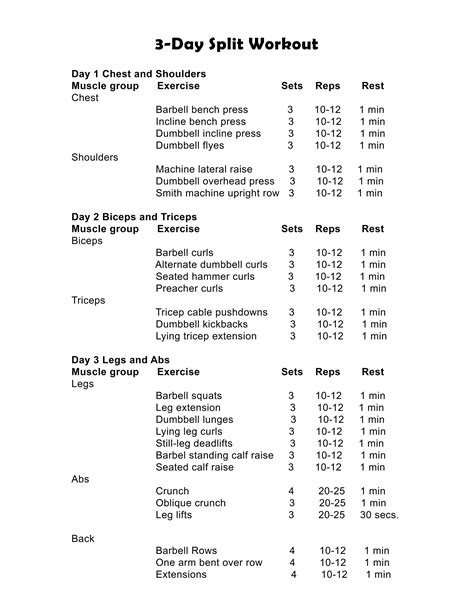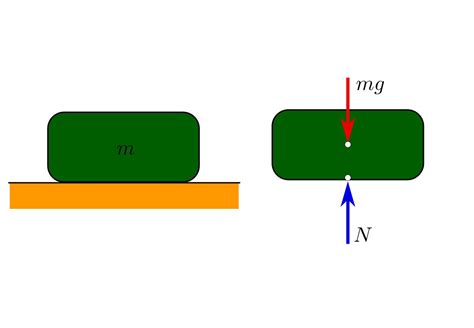Optimal time-efficient workout split for men’s peak strength & hypertrophy?

The Quest for Strength and Size on a Tight Schedule
For many men, the pursuit of peak strength and substantial muscle hypertrophy often clashes with the realities of a demanding schedule. Long hours at the gym aren’t always feasible, yet the desire to build an impressive physique and push personal bests remains strong. The good news is that you don’t need to live in the gym to make significant progress. The key lies in intelligent programming, specifically choosing a workout split that maximizes effort and recovery within a limited timeframe.
This article will delve into the principles of effective training and recommend optimal, time-efficient workout splits designed to help men achieve their strength and hypertrophy goals without sacrificing their entire week to the gym. We’ll focus on strategies that prioritize compound movements, progressive overload, and adequate recovery to ensure every minute counts.

Fundamental Principles of Effective Training
Before diving into specific splits, it’s crucial to understand the foundational principles that govern muscle growth and strength development. Regardless of your chosen split, adhering to these tenets will dictate your success:
- Progressive Overload: This is the most critical principle. To continue growing stronger and larger, you must consistently challenge your muscles more over time. This can be achieved by increasing weight, reps, sets, decreasing rest times, or improving technique.
- Frequency: How often you train a muscle group. For hypertrophy, training a muscle group 2-3 times per week is often cited as optimal.
- Volume: The total amount of work performed (sets x reps x weight). There’s a sweet spot for volume; too little won’t stimulate growth, and too much can hinder recovery.
- Intensity: How hard you push yourself during your sets, often measured by proximity to failure. High intensity is crucial for stimulating muscle fibers.
- Recovery: Muscles grow outside the gym. Adequate sleep, nutrition, and rest days are non-negotiable for repair and adaptation.

Popular Workout Splits: Pros and Cons for Time Efficiency
Various workout splits exist, each with its own benefits. For time-efficient training, some are better suited than others:
- Full Body (3x/week): Excellent for frequency, hitting each muscle group multiple times. Great for beginners and intermediate lifters, promoting high caloric expenditure. Less volume per muscle group per session, but high weekly frequency.
- Upper/Lower (4x/week): Splits the body into two sessions (Upper Body, Lower Body). Allows for more volume per muscle group per session compared to full body, with each group trained twice a week.
- Push/Pull/Legs (PPL – 6x/week): Highly effective for advanced lifters or those with ample time, as each muscle group is hit twice weekly with high volume. However, a 6-day commitment is often not time-efficient for busy individuals. Can be adapted to 4-5 days.
- Bro Split (5-6x/week): Training one muscle group per session (e.g., Chest day, Back day). Low frequency per muscle group (once a week) is generally suboptimal for hypertrophy, especially for natural lifters. Not recommended for time efficiency or optimal gains.
The Optimal Time-Efficient Splits: 3 or 4 Days a Week
For men seeking peak strength and hypertrophy with limited time, the 3-day full-body split or the 4-day Upper/Lower split are generally the most effective choices. They strike an excellent balance between training frequency, volume, and recovery.
3-Day Full-Body Split (e.g., Monday, Wednesday, Friday)
This is arguably the most time-efficient and effective split for strength and hypertrophy, especially for those who can only commit to three gym sessions per week. By hitting every major muscle group each session, you maximize training frequency and stimulate protein synthesis multiple times a week. Focus on compound exercises.
Sample 3-Day Full-Body Routine:
- Workout A: Barbell Squats, Barbell Bench Press, Barbell Rows, Overhead Press, Face Pulls, Bicep Curls.
- Workout B: Deadlifts (or RDLs), Incline Dumbbell Press, Pull-ups/Lat Pulldowns, Dumbbell Lunges, Tricep Pushdowns, Calf Raises.
- Workout C: Leg Press, Seated Cable Rows, Dumbbell Shoulder Press, Dips, Leg Curls, Abdominal work.
Rotate these workouts over your three training days (e.g., A-Rest-B-Rest-C-Rest-Rest). Aim for 3-4 sets of 5-8 reps for strength-focused movements and 8-12 reps for hypertrophy-focused accessory work.

4-Day Upper/Lower Split (e.g., Monday, Tuesday, Thursday, Friday)
If you have four days to dedicate, the Upper/Lower split offers a slightly higher weekly volume per muscle group and allows for more focused sessions. Each muscle group is still trained twice a week, which is ideal for hypertrophy.
Sample 4-Day Upper/Lower Routine:
- Day 1: Upper Body A: Barbell Bench Press, Barbell Rows, Overhead Press, Incline Dumbbell Press, Pull-ups, Face Pulls, Bicep Curls.
- Day 2: Lower Body A: Barbell Squats, Romanian Deadlifts (RDLs), Leg Press, Leg Curls, Calf Raises, Abdominal work.
- Day 3: Rest
- Day 4: Upper Body B: Incline Barbell Press, Lat Pulldowns, Seated Dumbbell Press, Chest Supported Rows, Dumbbell Flyes, Tricep Pushdowns.
- Day 5: Lower Body B: Deadlifts, Lunges, Glute Ham Raises (or Hyperextensions), Leg Extensions, Calf Raises, Abdominal work.
- Day 6 & 7: Rest
For each exercise, aim for 3-4 sets. For compound lifts, stick to 5-8 reps for strength, and for isolation exercises, 10-15 reps for hypertrophy.

Beyond the Split: Essential Considerations for Success
The workout split is just one piece of the puzzle. To truly maximize your strength and hypertrophy gains in a time-efficient manner, pay attention to these critical factors:
- Nutrition: Fuel your body with adequate protein (1.6-2.2g per kg body weight), sufficient carbohydrates for energy, and healthy fats. A caloric surplus is needed for muscle growth, while a slight deficit with high protein can preserve muscle during fat loss.
- Sleep: Aim for 7-9 hours of quality sleep per night. This is when your body repairs and grows muscle tissue, and hormone production is optimized.
- Consistency: Showing up and putting in the work consistently is far more important than any single workout. Stick to your chosen split for at least 8-12 weeks before evaluating or changing.
- Progressive Overload (Revisited): Every session, strive to beat your previous performance, even if it’s just one extra rep or a slight increase in weight. Track your workouts!
- Listen to Your Body: Don’t be afraid to take an extra rest day if you’re feeling overly fatigued or experiencing persistent pain. Incorporate deload weeks every 6-8 weeks to allow for full recovery.

Conclusion: Maximize Your Gains, Minimize Your Time
Achieving peak strength and hypertrophy doesn’t require endless hours in the gym. By selecting an optimal, time-efficient workout split like the 3-day full-body or 4-day Upper/Lower, focusing on compound movements, and diligently applying the principles of progressive overload, you can make remarkable progress. Remember to complement your training with excellent nutrition, sufficient sleep, and unwavering consistency. Your time is valuable, so make every workout count and watch your physique transform.








